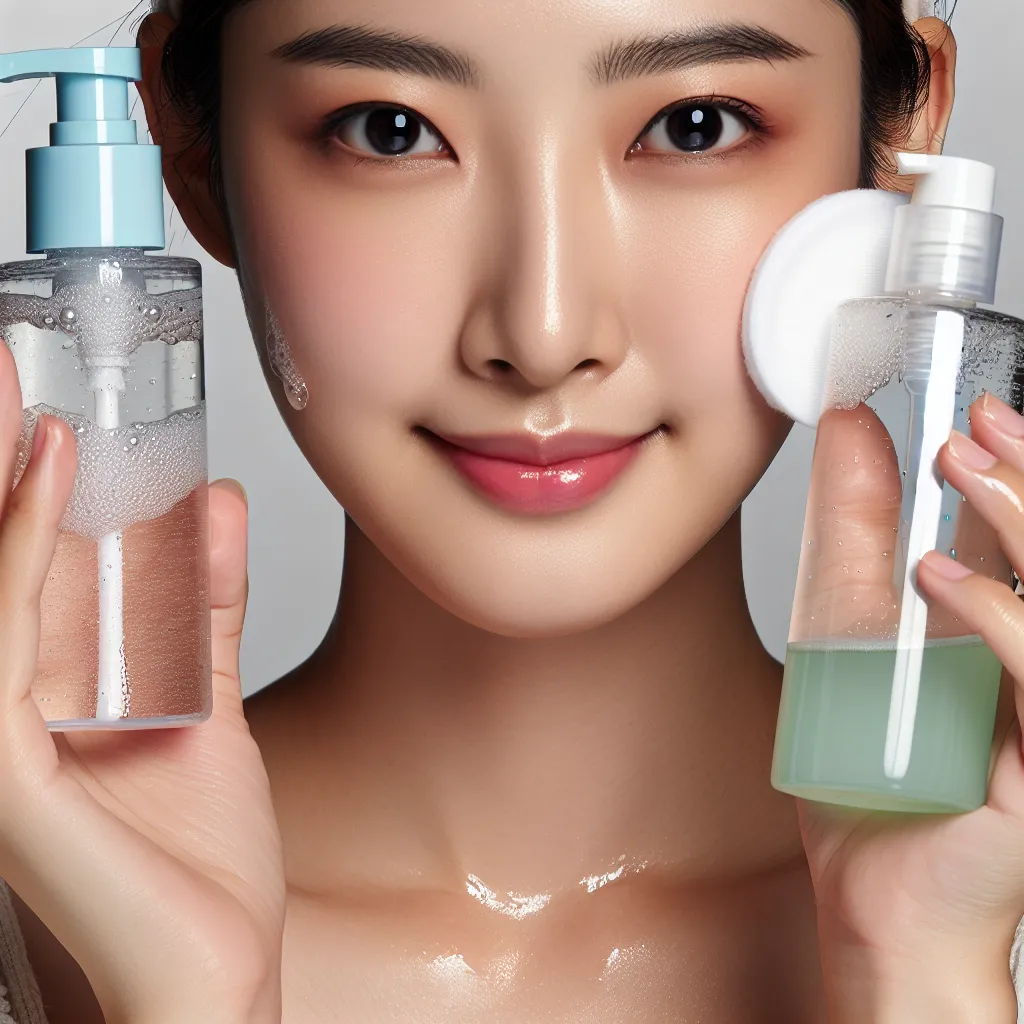
The Science Behind Double Cleansing: Is It Worth the Hype?
The Origins of Double Cleansing: Uncovering Its Historical Roots
Double cleansing, the practice of using an oil-based cleanser followed by a water-based cleanser, has gained popularity in recent years among skincare enthusiasts. But did you know that this skincare ritual has historical roots that date back centuries?
The origins of double cleansing can be traced back to ancient Asian skincare traditions. In countries like Japan and Korea, double cleansing was a common practice used to remove heavy stage makeup worn by performers. It was also believed to thoroughly cleanse the skin and remove impurities, allowing for better absorption of skincare products.
Traditional Asian double cleansing typically involved using an oil-based cleanser, such as a cleansing balm or oil, to break down makeup, sunscreen, and excess sebum on the skin. This was followed by a water-based cleanser, often a foaming or gel cleanser, to remove any remaining impurities and provide a deep clean.
Over time, the concept of double cleansing has evolved and gained recognition in the Western skincare industry, with many beauty experts and dermatologists extolling its benefits. The method has been praised for its ability to effectively remove makeup, pollutants, and excess oils without stripping the skin of its natural moisture.
As the skincare community continues to embrace the practice of double cleansing, it’s evident that this historical skincare ritual has found a lasting place in modern beauty routines. Understanding the origins of double cleansing sheds light on its enduring popularity and underscores its relevance in today’s skincare landscape.
The Skin Benefits of Double Cleansing: Fact or Fiction?
Double cleansing, the skincare routine that involves using an oil-based cleanser followed by a water-based cleanser, has been gaining popularity in recent years. But the question remains: are the skin benefits of double cleansing a fact or fiction? Let’s dive into the science behind it.
Oil-based cleansers are effective at breaking down and removing makeup, sunscreen, and excess sebum from the skin. By using an oil-based cleanser as the first step, it helps to dissolve and lift these impurities from the skin’s surface, making it easier for the water-based cleanser to deeply cleanse the pores. This can lead to a more thorough removal of dirt, bacteria, and other debris that can contribute to clogged pores and breakouts.
Additionally, the double cleansing method can help to maintain the skin’s natural moisture barrier. Contrary to the belief that oil-based cleansers may leave the skin feeling greasy, they can actually help to replenish the skin’s natural oils, leaving it balanced and hydrated. The water-based cleanser that follows can then effectively remove any remaining impurities without stripping the skin of its essential oils.
Research has shown that double cleansing can be especially beneficial for those with acne-prone or oily skin, as it can help to minimize excess oil production and reduce the occurrence of breakouts. However, it is important to note that individual skin types and concerns may yield different results, and it’s essential to choose cleansers that are suitable for specific skin needs.
In conclusion, the skin benefits of double cleansing are backed by science, making it more than just a passing skincare trend. By incorporating this method into your daily routine, you may experience clearer, more balanced, and healthier-looking skin. However, it’s essential to select the right products and tailor the routine to your unique skin requirements to reap the full benefits of this popular skincare practice.
The Dermatologist’s Perspective: Debunking Myths About Double Cleansing
When it comes to skincare routines, double cleansing has been all the rage lately. This two-step cleansing method, popularized by Korean beauty rituals, involves using an oil-based cleanser followed by a water-based cleanser to thoroughly remove makeup, sunscreen, dirt, and excess oils from the skin. But is double cleansing really worth all the hype? Let’s take a closer look at the dermatologist’s perspective and debunk some myths surrounding this skincare trend.
According to dermatologists, double cleansing can be beneficial for individuals who wear heavy makeup, use waterproof sunscreen, or have oily skin. The first step of using an oil-based cleanser helps to dissolve and lift oil-based impurities such as sebum, SPF, and makeup from the skin’s surface. This is particularly important as traditional water-based cleansers may not effectively remove these substances. The second step of using a water-based cleanser helps to remove any remaining impurities and residue, ensuring a deep cleanse without stripping the skin of its natural oils.
Contrary to some misconceptions, double cleansing is not necessarily recommended for everyone and can be too harsh for those with dry or sensitive skin. Over-cleansing the skin can lead to irritation, dryness, and disruption of the skin’s natural barrier. It’s important to tailor your cleansing routine to your specific skin type and needs.
While double cleansing can provide a thorough and effective method of removing impurities from the skin, it’s essential to approach this skincare trend with caution and seek the advice of a dermatologist to determine if it’s suitable for your skin type and concerns.



